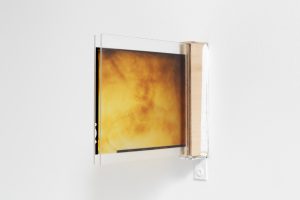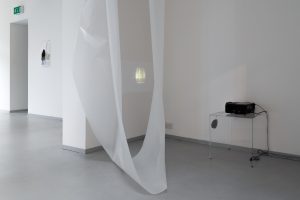Pak Keung Wan was in residence at The Art House throughout July 2017, developing works that explore the processes of photography and drawing in relation to solar and lunar rhythms, and the intimate connection between the work and the body-in-making.
In 2009, Wan began his series of drawings based on diagrams published by NASA In the Five Millennium Canon of Solar Eclipses (2006), which maps patterns of solar eclipses from 2000 BCE to 3000 CE. Working systematically forwards and backwards in time from the year of his birth. Wan takes the path of each solar eclipse across the globe as the initial line of each new drawing. The ends of this line become dual points of origin from which each individual form emerges.
There are 11,898 eclipses detailed in the NASA publication and the artist has made 1200 drawings to date. Collectively titled Lune, Wan considers this a lifetime’s work. Displayed in vitrines at the centre of the gallery, Wan presented the 29 drawings he has produced in Wakefield, one for each day of the lunar month.
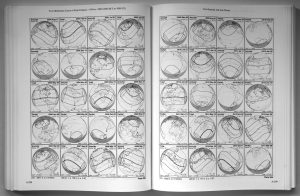
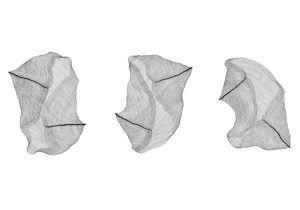
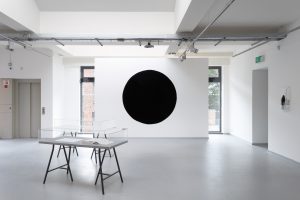
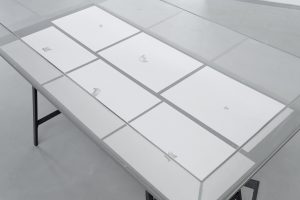
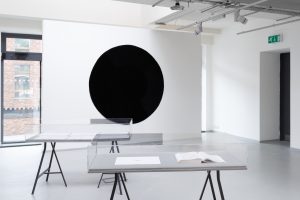
Through Lune, Wan has become interested in the reproductive possibilities of photography and the idea of the eclipse as a kind of cosmic shutter. During his residency, Wan began to develop a new photographic series, In Obscura (2017). Arranging membrane-like layers of various translucent materials directly inside a large-format film camera. Wan creates photograms that offer the uncanny suggestion of the place within the body where life comes into being.
In Primal Scenes (2015– present), Wan places a digital camera behind the large-format camera. taking photographs through its ground glass. The two cameras are operated under the canopy of a block photographer’s cloth, fashioned to resemble the shadow of a solar eclipse.
In this work, Wan imagines the large-format camera to assume the roles of different figures, both real and imagined. The artist simultaneously inhabits the space under the block cloth and inhabits the mind and bodily experience of each figure. as though ‘seeing through’ them. His experience of the work is both out-of-body and profoundly within it, with one state of being no less vulnerable than the other.
